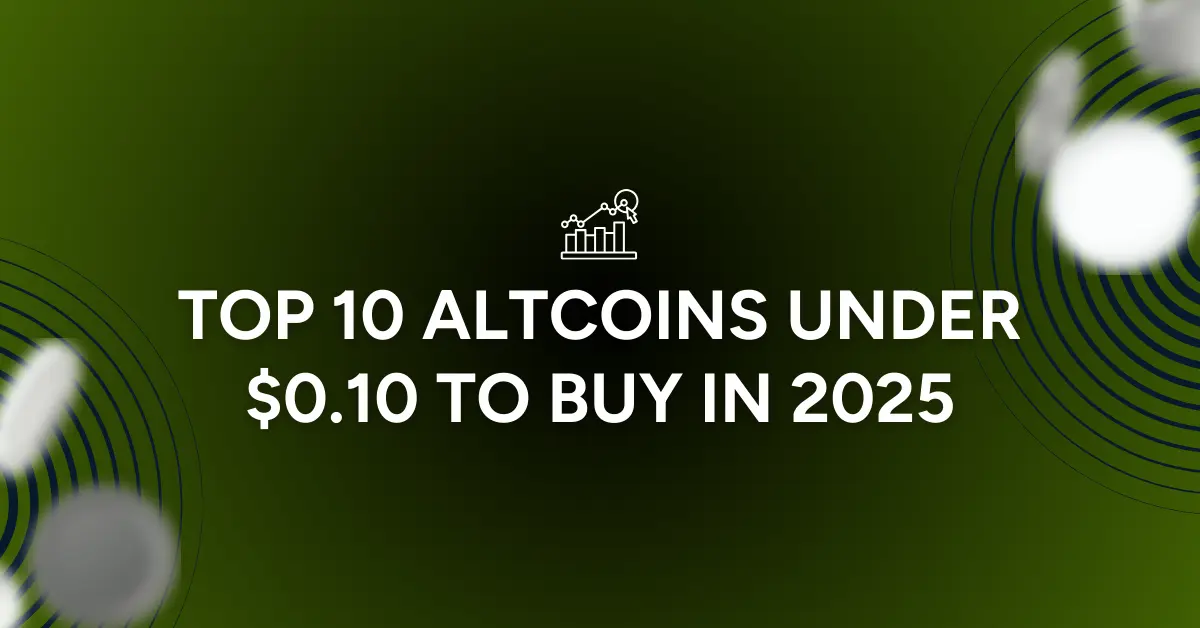| Get all the essential market news and expert opinions in one place with our daily newsletter. Receive a comprehensive recap of the day’s top stories directly to your inbox. Sign up here! |
 (Kitco News) –
(Kitco News) –
The European Union’s landmark cryptocurrency regulation, the Markets in Crypto-Assets (MiCA) bill, reached another milestone Tuesday as the finance ministers of all 27 member states voted to approve it.
The European Parliament also approved rules on the information requirements to accompany transfers of funds and crypto assets in conjunction with the MiCA vote.
The unanimous vote by the EU’s Economic and Financial Affairs Council means MiCA remains on track to become law by the third quarter of 2024. The next step is for the bill to be published in the Official Journal of the European Union.
The European Parliament approved the Markets in Crypto-Assets bill on April 20, with 517 members of parliament voting in favor and 38 voting against it.
MiCA lays out a framework for the European Union’s approach to regulating the cryptocurrency sector. Under the text of the legislation, the issuance of cryptocurrencies will be brought under the wing of institutional regulation, and it establishes a new regime for crypto-asset service providers across the EU’s member states.
MiCA is a comprehensive and far-reaching piece of legislation, and its implementation will be carried out in phases. Provisions related to stablecoins could come into force as soon as July 2024, while many of the other provisions won’t take effect until January 2025 at the earliest.
Following the April 20 vote, Kitco Crypto spoke with Albert Isola, Gibraltar’s Minister for Digital and Financial Services. Isola acknowledged that MiCA “will not come into play overnight” and that “to create effective frameworks, transitional testing will be required,” but he was broadly positive about the new legislation.
“Introducing new crypto-specific laws will allow for greater transparency, better protection for retail investors, and, in general, a far more stable and secure market,” he said. “I suspect more broadly across the EU we will see an increase in economic activity.”
Isola added that multiple “global crypto players” have already expressed interest in becoming licensed and approved under MiCA to operate in Europe and cautioned that the EU needs to make sure that it doesn’t stifle innovation in the sector through overregulation.
Even as MiCA moves forward, EU legislators have more work ahead as several important sectors of the cryptocurrency ecosystem are not addressed in the bill, including non-fungible tokens (NFTs) and decentralized finance (DeFi) applications.
Reactions from regulators since MiCA’s passage in April have been largely positive, with some focusing on the ways it can be implemented while others see inspiration in it for their own jurisdictions.
On May 11, European Banking Authority (EBA) Chair José Manuel Campa said he wants central banks to use their powers under MiCA to veto big stablecoins if they believe the cryptocurrencies could threaten their monetary policy.
Campa’s agency will be directly responsible for supervising major issuers under MiCA. In addition to requiring stablecoin issuers to obtain a license and hold suitable reserves, the legislation allows central banks to intervene on companies’ proposals to issue new stablecoins, referred to in MiCA as ‘asset-referenced tokens.’
It will also require the issuance of the stablecoins to cease if the tokens reach over 1 million transactions per day.
On May 10, Hester Peirce, a commissioner at the U.S. Securities and Exchange Commission (SEC), said she believes the MiCA framework would serve as a good starting point for crypto regulation in the United States.
“MiCA can serve as a model for us,” Pierce said, adding that the regulatory approach being taken by the UK could also inform the U.S. process.
“If we built a good regulatory regime, people would come,” she said. “We’re shooting ourselves in the foot by not having a good regulatory regime in the U.S.”
Peirce added that she’s “not very optimistic about the regulatory system” in the U.S. providing clear guidance for crypto firms anytime soon.
Disclaimer: The views expressed in this article are those of the author and may not reflect those of Kitco Metals Inc. The author has made every effort to ensure accuracy of information provided; however, neither Kitco Metals Inc. nor the author can guarantee such accuracy. This article is strictly for informational purposes only. It is not a solicitation to make any exchange in commodities, securities or other financial instruments. Kitco Metals Inc. and the author of this article do not accept culpability for losses and/ or damages arising from the use of this publication.
Credit: Source link














































